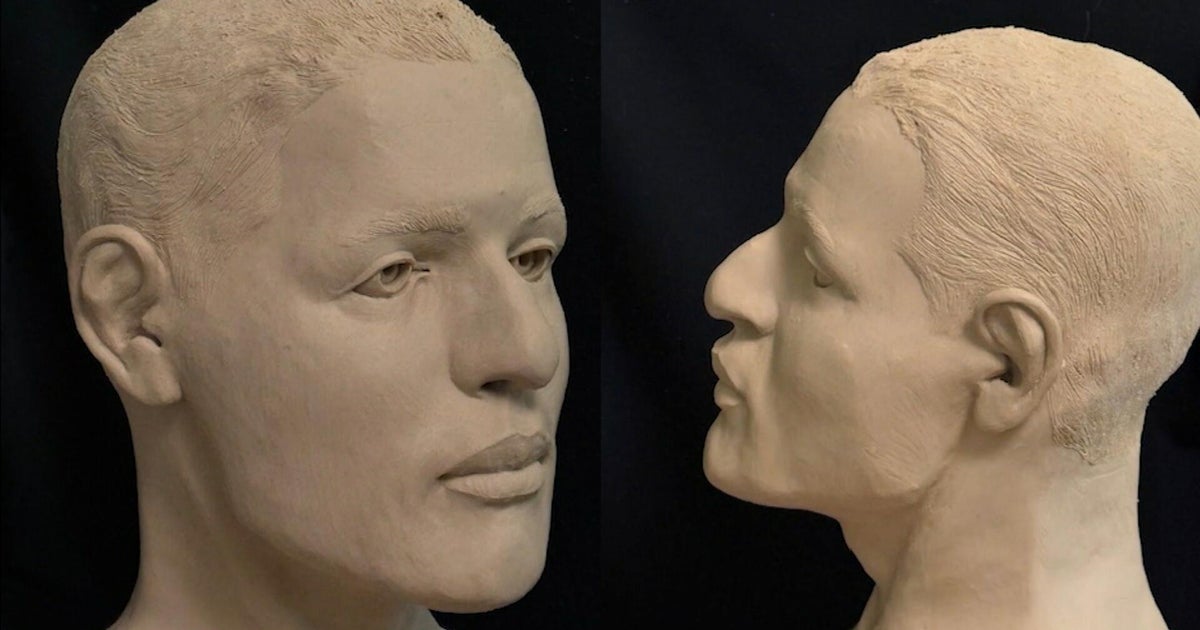"Boy in the Box": How DNA helps investigators solve crimes
Editor's Note: 23andMe statement has been added since this story was initially published on 11/30.
PHILADELPHIA (CBS) -- CBS3 Investigations has learned the Philadelphia Police Department has established the identity of the murder victim known only as "The Boy in the Box." His remains were found in February 1957, discarded along Susquehanna Road.
The boy was identified by police as Joseph Augustus Zarelli.
DNA helped investigators solve the boy's identity. Here's how DNA works.
DNA is like a cellular fingerprint. It identifies every cell in our body and our family history.
In medicine, it's used to diagnose and treat a variety of conditions. For law enforcement DNA is a high-tech tool that solves crimes.
DNA technology is a game changer for crime investigations now used to identify people and crack cases.
"DNA, it's a huge factor nowadays," Sgt. Dennis Convery said.
Convery is in the major crimes unit at the Camden County Prosecutor's Office.
He collects DNA that's everywhere in and on the body and can also be found on things like clothing or door knobs.
CBS3 asked him, "Can any surface you touch have DNA on it?"
"Just about, yes," was Convery's reply.
DNA stands for Deoxyribonucleic acid, a little molecule with a huge influence.
"DNA is the genetic code it is encrypted in every cell of your body and it is inherited from your mother and your father," Wendy Roth with the University of Pennsylvania, said.
Roth says DNA determines everything from eye and hair color to what kind of diseases you're predisposed to.
"We scientists can learn a lot of information about people's backgrounds as well as some of their health proclivities or other characteristics," Roth said.
DNA information on millions of people is stored and processed mainly by federal and state labs.
Here's what a typical read-out looks like.
"The phenotype is basically what tells me about the person's ancestry," Convery said.
DNA is also used by commercial organizations like Ancestry and 23andMe to provide family history and health information to people who pay for the service.
"It is very popular. In fact, more than 30 million people have taken at-home genetic ancestry tests," Roth said.
Convery says unless people check a privacy box, the genetic information from some commercial companies can be accessed by law enforcement.
But 23andMe says, "We do not share customer data with third parties, or governments or law enforcement."
Law enforcement agencies say they're using DNA more and more to solve cold cases. It's becoming a very reliable, important tool for investigators.







